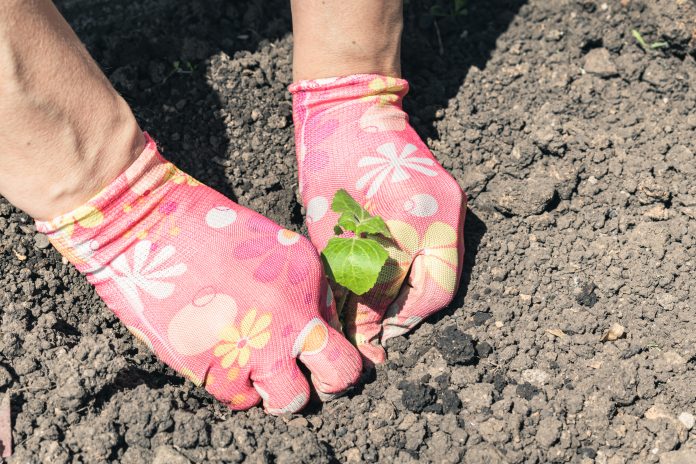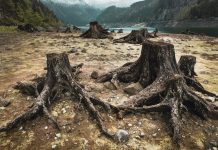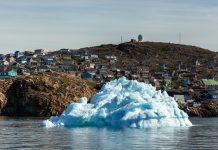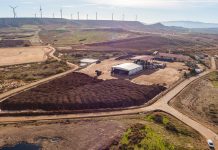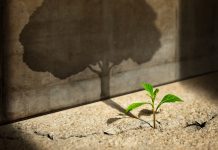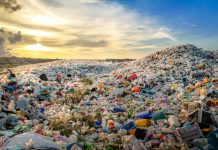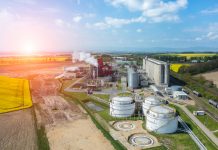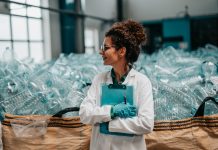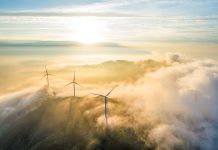Open Access Government map out some of European Commissioner for Environment, Oceans and Fisheries, Virginijus Sinkevičius’ priorities towards a Circular Economy Action Plan, promoting the use of sustainable resources
Throughout March, the EU participated in global biodiversity meetings to advance the development of the post-2020 Global Biodiversity Framework – a new accord to halt and reverse the loss of the planet’s plants, animals and ecosystems. These meetings have taken place ahead of the Biodiversity Conference COP15 which will run from 25 April to 8 May 2022 in China, where parties will meet to conclude negotiations and decide on a new Post-2020 Global Biodiversity Framework. The overarching aim is to tackle climate change and build a fairer, safer, healthier world for everyone, everywhere.
Commissioner for Environment, Oceans and Fisheries Virginijus Sinkevičius commented on the meetings, stating, “the evidence is clear: We need a future in harmony with nature, for ourselves, for future generations, for our climate and for sustainable development — and we need a common roadmap to achieve it. At COP15, the international community will seek to agree on an ambitious global biodiversity framework with strong monitoring to measure progress on the ground in reversing nature loss.”
The Life Programme
The EU’s biodiversity strategy for 2030 is a core part of the European Green Deal, as is the Life Programme – one of the main tools to make the green transition a reality by delivering targeted changes on the ground. With its 30th anniversary coming up in May 2022 the European Commission recently announced an investment of over €110 million into LIFE programme integrated projects for environmental and climate protection earlier this year.
This funding will support new major environmental and climate projects in 11 EU countries, contributing to a green recovery from the COVID-19 pandemic and supporting the European Green Deal’s objectives of making the EU climate-neutral and zero-pollution by 2050.
The benefits of European integrated projects
Integrated projects such as these allow Member States to pool additional EU funding sources, including agricultural, structural, regional and research funds, as well as national funding and private sector investment. Altogether, the 11 projects are expected to attract more than €10 billion of complementary funds, significantly multiplying the resources allocated today to make a real difference from the ground up.
“Through these projects, Member States can green their economies, bring back nature and biodiversity, and improve their resilience. I am looking forward to seeing the benefits that this investment will bring in the 11 countries and beyond their borders,” stated Commissioner Sinkevičius.
Waste management and protecting sustainable resources
Managing waste in an environmentally sound manner and making use of the secondary materials they contain are key elements of the EU’s environmental policy. Four of the new LIFE projects are focussing on waste prevention and recovering resources, contributing to the goals of the EU’s Circular Economy Action Plan and the Waste Framework Directive. There is a distinct lack of circular economy of materials, and these projects aim to change that:
- In Cyprus, a project will aim to improve the infrastructure and collection systems for recyclable and biodegradable waste.
- In Latvia, the focus will be on improving separate waste collection and reuse of municipal waste.
- In Denmark, a project will work on waste prevention and on setting up a better waste regulatory framework.
- The project in Slovenia will aim to achieve a better recycling rate of non-hazardous construction and demolition waste, among other actions.
One Ocean Summit
A circular economy on land is not where Europe is stopping. The future of the seas must also be cleaner, healthier and safer, and the EU has the largest maritime space in the world, thus, taking responsibility for protecting it. The EU’s ocean conservation efforts are integral to the European Green Deal. February marked the 2022 One Ocean Summit, where the Commission presented a number of contributing initiatives that share the mission to protect all ocean needs.
Commissioner Sinkevičius stated, “the post-pandemic recovery of the blue economy sectors is a collective challenge that needs a collective response. Regions can and must take the lead in the shift to sustainability.” It is clear to see that Europe’s shift to sustainability must prioritise addressing local needs, sustainable resources and more informed research programmes.
“When it comes to blue economy policy in Europe, our focus has shifted dramatically. We have moved from “blue growth” to a “sustainable blue economy.” This means we no longer celebrate growth for the sake of growth, regardless of its environmental and social dimension. We no longer accept growth when it leads to pollution, climate change or biodiversity loss. Instead, we want to develop a blue economy that contributes to the solutions and helps restore the balance on our planet. This is where the opportunities lie for long-term, sustainable growth in the sector,” he continued.
This new approach asks every blue sector to:
- Adopt sustainable business models.
- Develop clean products and technologies.
- Reduce the cumulative effects of its activities on the marine environment.
- Foster collaboration between member states, regions, businesses large and small, scientific communities, local groups, and the public.
One tool that can be used to achieve this is European Maritime Spatial Planning (MSP), and is a great example of creating synergies between different activities and increasing cross-border collaboration to protect the environment. Furthermore, according to Commissioner Sinkevičius, the EU is also creating “a new sea user forum, the Blue Forum, for all the stakeholders in fisheries, shipping, tourism and renewable energy to come together and develop synergies in support of the decarbonisation process.”
Editor's Recommended Articles
-
Must Read >> Decarbonisation of heat in the public sector
-
Must Read >> The circular economy in the mushroom industry


